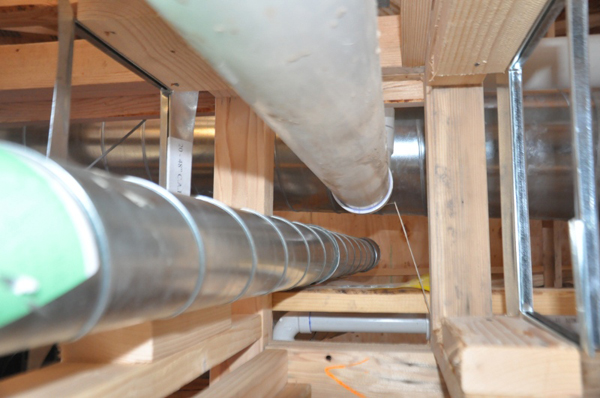- La Feria Community Holds Succesful Business Mixer Event
- Little Nashville to Take Place in Downtown Mercedes
- Lions Basketball Captures District Gold
- La Feria ISD Students Compete in Regional Chess Tournament
- Lions End First Half of 32-4A on a High Note
- La Feria ISD Held Another Successful Parent Conference
- Strong Appearance for Lions at Hidalgo Power Meet
- LFECHS Students Get to Meet Local Actress
- Students Participate in Marine Biology Camp
- Two LFECHS Students Qualify for All-State Band
Highest Radon Danger in TX in Panhandle, Hill Country & Far West
- Updated: February 3, 2015
by John Michaelson/TNS
AUSTIN, Texas – It really is a matter of out of sight, out of mind, but radon can pose a health danger for some Texas homeowners, and they’re being reminded of the importance of testing for the invisible and odorless radioactive gas.
Chris Van Deusen, a press officer with the Texas Department of State Health Services, says Texas is not a real high area of concern for radon, but does have some regions where it can be an issue.
“Most notably parts of the Panhandle and parts of far west Texas that have kind of a moderate potential for radon and a couple of counties sort of in central Texas, the hill country that are in that category,” he says. “But most of the state really has a low potential for radon.”

Mitigating high levels of radon can be as simple as installing a system of PVC piping and a fan. Photo: Chris Peters/Flickr.
Radon test kits can be purchased at most hardware stores, and if a home is found to have high levels, the fix can be relatively simple with the installation of a mitigation system.
And for smokers, radon can compound their risk.
“We’re talking about breathing in a gas,” Van Deusen points out. “It’s lung cancer that radon typically causes and that obviously can really increase the chances since smoking is such a risk factor for lung cancer as well.
“So if people are smokers, that may double the reasons to do one of these tests.”
Radon is a naturally occurring gas that comes up from the ground from the decay of uranium.
January is National Radon Action Month.


